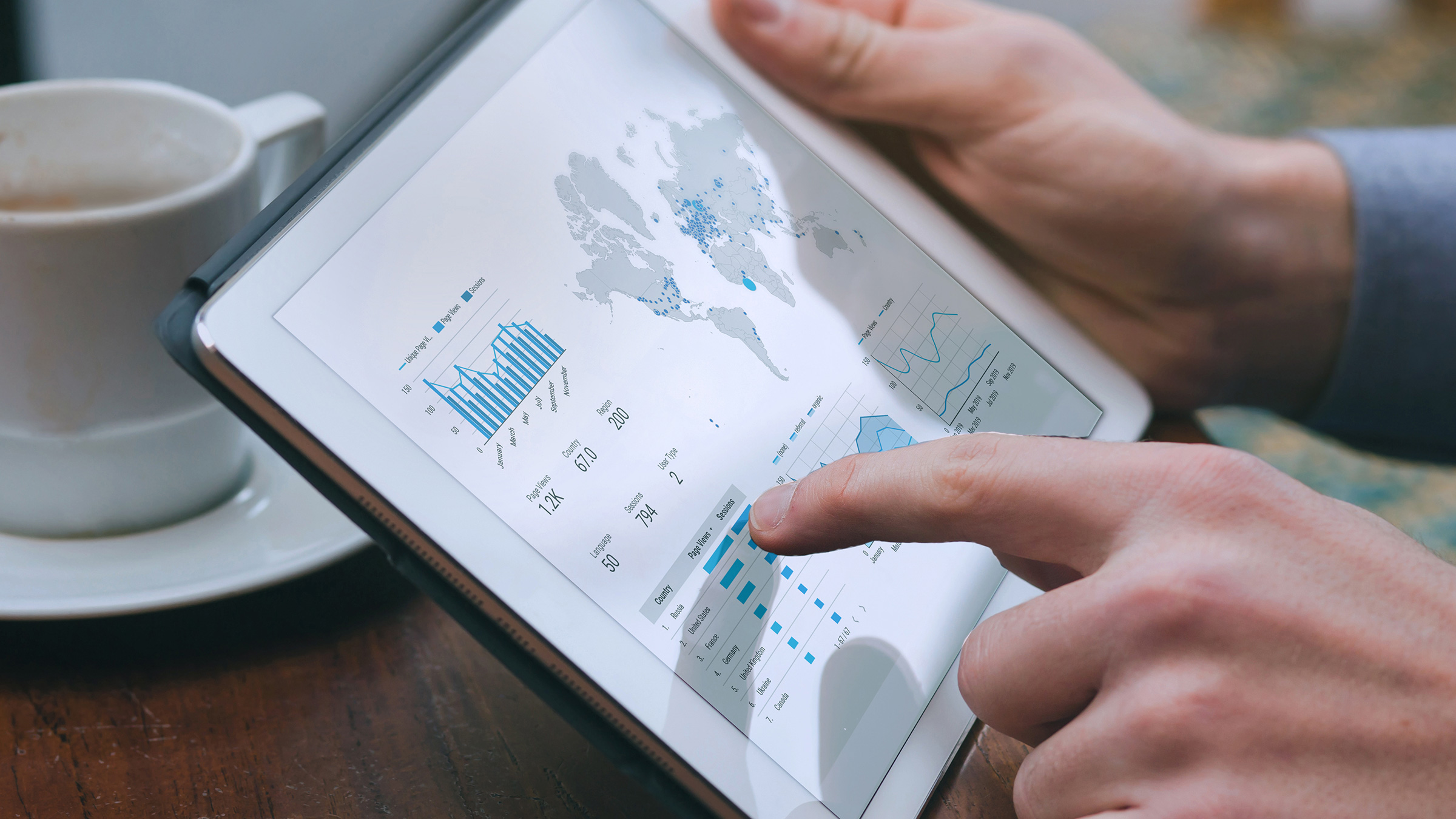Apr 15, 2020
How Power BI Compares to Excel When Analyzing and Sharing Data
Katie Parrish, Editorial Director at SkillPath
Microsoft Power BI is a business analytics solution that lets you visualize your data and easily share insights across your organization. Power BI can aggregate and analyze hundreds of data sources, then bring your data to life through live dashboards and reports that can be shared with others. These insights can be accessed from anywhere using Power BI apps.
Many of the same tools in Power BI were first introduced in Microsoft Excel, including Data Model, Power Query Editor and DAX Measures. Power Pivot and Power BI Desktop share the same Vertipaq Data Model that was introduced in Excel 2010. In fact, it is the foundation of Power BI, which was released as a standalone product in 2015.
For more productivity-enhancing tips, tricks and shortcuts, add Mastering Microsoft Excel for Office 365 Level 100 to your shopping cart and gain access to 24 modules of on-demand training.
For Microsoft Excel users, you may be asking how Power BI differs from Excel, and what advantages Power BI has over Excel?
Although many of the same tools are available in both programs, and Excel and Power BI can be used for reporting purposes, the choice to use one program over the other may depend on how visual you want your report to be.
Why use Power BI?
Dashboards in Power BI are like interactive spreadsheets with charts and graphs that reveal patterns and trends in your data. Power BI can connect and transform various data sets, so they fit in the user’s data model.
Once the data is connected, the program can visualize it, so it makes sense to other people. This information can be used to tell a simple story of what has happened, examine “what-if” scenarios, answer real-time questions and help with company forecasting. Depending on what’s needed, the data can be used at all levels of the company, by various departments or at the project level.
How is Power BI different than Excel?
Microsoft Excel is popular for its ability to provide quick calculations, data analyses, data entry, data scraping and customized charts and graphs. But for long-time users of Excel, they find that collaboration is its biggest weakness. Excel spreadsheets only allow one user to update the data at a time, and it is limited in the amount of data it can store.
Power BI provides extensive data modeling and real-time analytics. Designed for collaboration, Power BI not only connects to other Microsoft solutions (including Excel), but data is automatically refreshed with Power BI Service.
“Power BI is a lot like a programming language, in that it automatically repeats the procedures and manipulations on the data each time the data is refreshed,” says Brent Lockee, director of data science and analytics at SkillPath.
To keep everyone who is sharing the data up to date, Power BI users can also set up alerts, including trigger emails, to track any changing metrics.
“Once you go beyond a small team of people who need to be up-to-date, Power BI is likely the better option,” Lockee says. “It gives you more control for who can see what information and you can present the information in a way that is friendly to non-technical users.”
Keep in mind that Power BI is not as intuitive as Excel, and it is more difficult to create tables and present tabular-style reports. It also can only source data from a single data set – it cannot mix imported data with data from real-time connections.
For many Excel users who are still unsure of how they will use Power BI, the questions to consider are:
- How much data are you handling?
- Do you need more advanced or more beautiful visuals?
- Do you need to collaborate on your data with others?
- Do you need high-level, real-time analytics to help you spot trends?
The bottom line: Microsoft Excel is a great tool for users making advanced reports and have the functions needed to build their ideal models. Power BI is better at helping you see trends in your data, share the dashboards and visuals, and provide real-time updates.
Katie Parrish
Editorial Director at SkillPath
Katie Parrish is the Vice President of Content at SkillPath. As a former magazine editor, her focus is on timely events that impact today's business world.
Latest Articles
Article Topics
